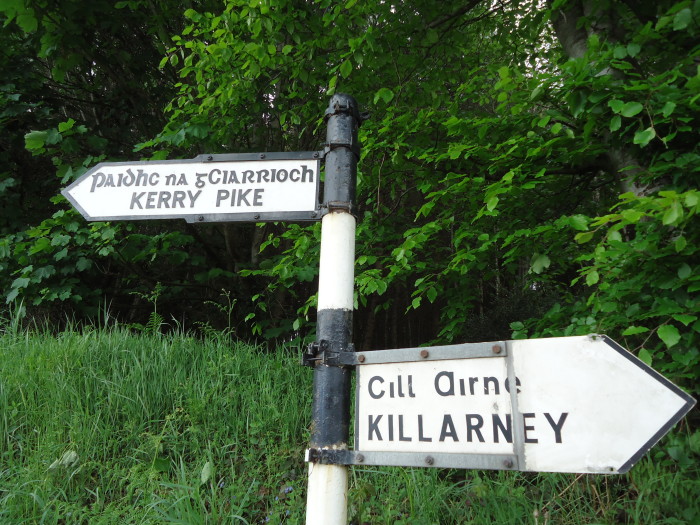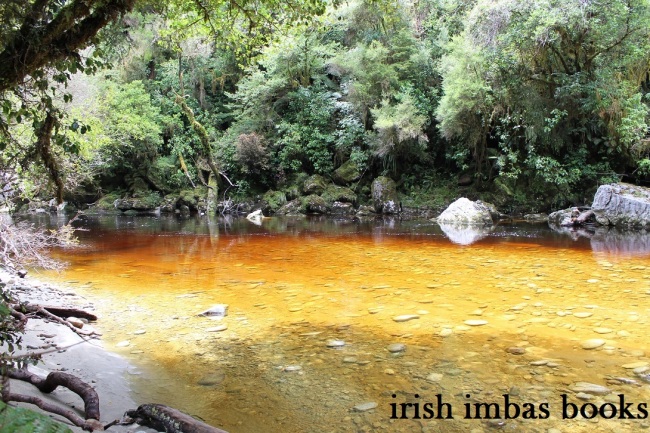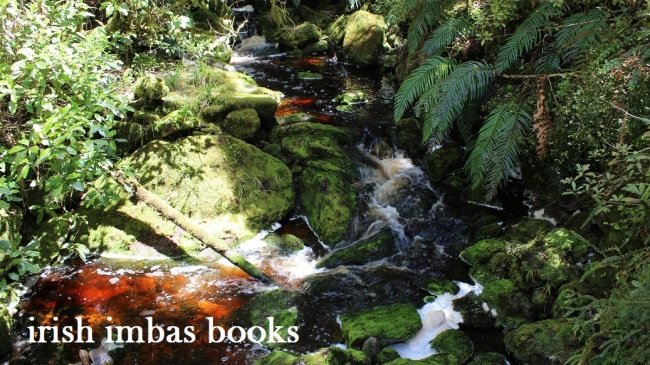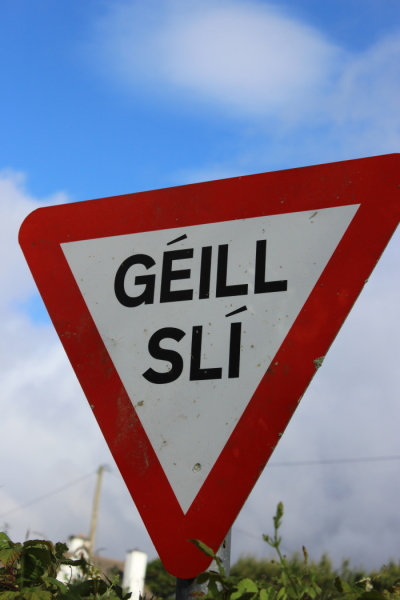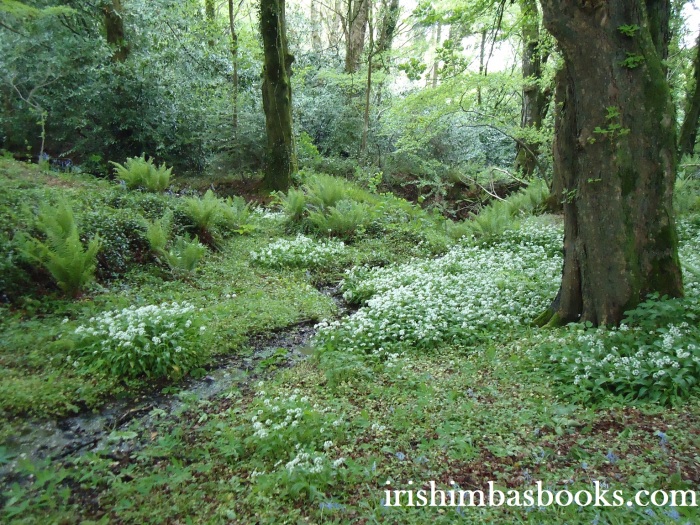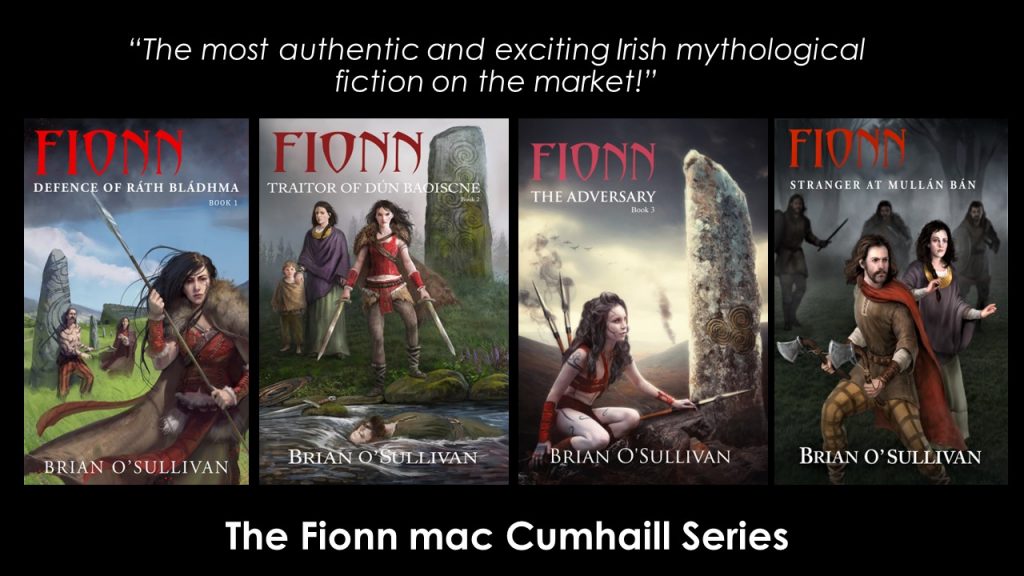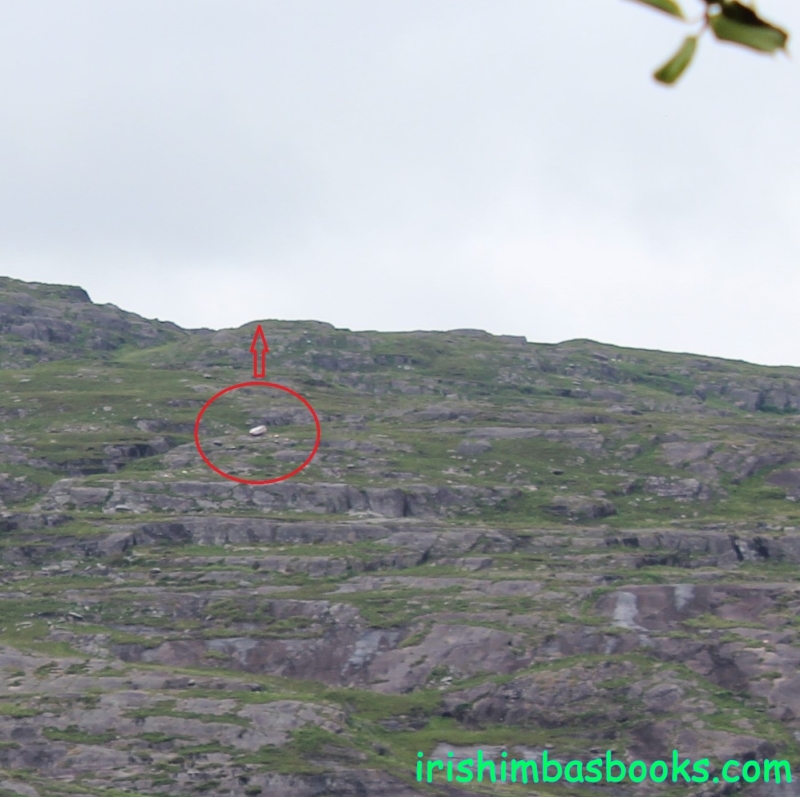
One of the more enjoyable aspects of writing is the ability to create a conversation between two or more characters whose personality and mannerisms you know intimately. For me, these ‘dialogue’ scenes are probably the most fun and – at the same time – the easiest scenes to write. If you have your characters well defined, the dialogue between them flows easily onto the page however you also need to have a context for the dialogue (i.e. why the characters are talking together in the first place). Often, dialogue is a handy mechanism for getting plot details across in a fast and natural manner without laboriously having to describe them. Sometimes however – and these are the one I really enjoy – the dialogue is just a scene to cement character development.
This scene is from my new novel Fionn: Traitor of Dún Baoiscne and outlines the discussion between the battle weary Liath Luachra (a hardened warrior woman who has difficulty connecting with her emotions or getting close to people) and the six year old Demne (who is soon to be taken away by his real parents).
**********************************
Before she started, she paused for a moment to rest her head in her hands. Fatigue lay heavy on her, the sleepless night and the after effects of the battle adrenalin combining to wear her down. From experience, she knew that she could force herself to remain alert for a while longer if necessary but, at some stage, she would need to curl up in a dark corner and sleep.
Using a ladle from the rainbucket, she poured water over her feet. The liquid was already tepid from the morning sun and its touch briefly reminded her of the moment the blood had spurted over them. That sticky warmth of spilled battle blood was a distinct sensation that wasn’t easily forgotten. There was really no other feeling like it. Even the slaughter of animals was different for it lacked the heady intoxication of violence, the overpowering sensations of desperation and relief.
She wiped the remaining stains away with her hands, watching the pinkish liquid dribble off her skin and onto the surface of the lis where it was immediately absorbed by the dusty soil.
Another offering to the Great Mother.
She felt no remorse at the taking of the scout’s life. The scout and his comrades had posed a threat to those she held dear and she was very clear about where her priorities lay.
A dark shadow slid across the earth in front of her and she looked up to find Demne standing before her, staring down at the pink stains with a troubled expression.
‘The blood of your opponent,’ she said. ‘Always better than the blood of your friend.’
She spoke quietly for most of the Lamhraighe warriors were still dozing in the makeshift beds off to the far side of the hearth. Demne too had slept with the visitors, his mother insisting on removing him from Lí Bán’s roundhouse, where he usually slept with the other children, to spend the night with her and Gleor.
The boy nodded sagely, acknowledging the wisdom of her words although he couldn’t possibly have understood the context behind what she was saying.
‘You do not remain with your mother?’
‘She sleeps.’ He sniffed and looked up towards the sun as though to verify that it was still up there. ‘The old man is tired. He snores.’
‘Uh-huh,’ Liath Luachra grunted sympathetically. The news came as no surprise. The Lamhraighe party had travelled a significant distance in a very short time. Anyone would have been taxed by such a hike. And Gleor was not a young man.
‘You do not like my mother.’
Liath Luachra looked at the boy, surprised by such intuition in one so young. ‘No,’ she admitted and looked down, her attention focussed on scrubbing the last of the blood from her hands and feet.
‘Why?’
‘Your mother is … untrustworthy.’
‘Un-trust-wor-thy,’ he pronounced the word out in four distinct syllables. ‘What does that mean?’
‘It means that she is scant with the reason of things. She does not always tell the full truth.’
‘Do you always tell the full truth?’
This time she stopped what she was doing and raised her eyes to consider him intently. Demne could be an odd one at times and had the annoying habit of switching from the temperament of a gregarious child to that of a worldly old fogy without any warning. ‘Usually,’ she admitted. ‘Unless I have strong reasons not to. People who lie are fearful of others or fear repercussions for their actions. I have been close to death too often to truly fear the Dark Leap anymore. When you do not fear, you can tell the truth and when you tell the truth you make any problem belong to someone else.’
‘My mother says I am to leave Ráth Bládhma, that I will live in a fortress far from Glenn Ceoch and never see you or Bodhmhall again. Is she telling the full truth?’
Liath Luachra returned to scrubbing her feet. ‘She is probably telling the full truth as she sees it.’
Demne went very quiet and stared down at the ground. The woman warrior glanced sideways at him and saw that he was trembling and his face had gone very pale.
With a grunt, she got to her feet. ‘Perhaps this is a good time to give you something.’ She started across the lis in the direction of her roundhouse, trailed by Demne’s haunted eyes. Her flax backpack lay against the wall by the entrance way and as she knelt to rummage through it, she could hear Bodhmhall and the others arguing inside. The voices were heated and full of emotion, not anger so much as concern and fear.
Ignoring them, she pulled an object wrapped in dock leaves from the basket and returned to where the boy was waiting. His face was still pale and his lip quivered but his eyes held an unmistakable trace of curiosity. She held out the package. ‘This is for you.’
Demne looked at it and then at her. ‘What is it?’
‘A weapon.’
‘A weapon?’ His eyes widened.
‘You are no longer a child of the hearth ashes. Tomorrow you go Out. You travel in the Great Wild so you will need a weapon of your own, something more threatening than the wooden sword we practise with.’
Face bright with suppressed excitement, he took the package and started to rip it apart, tossing the torn leaves aside until the contents were exposed: a hand-woven flax cradle attached to two separate lengths of braided flax and a small leather bag.
‘It’s a sling.’ The boy’s voice was flat.
Liath Luachra scowled. ‘Do you want a weapon or do you not?’
‘I want a real weapon. A man’s weapon.’
‘You’re too small to fight with a full-grown man’s weapon. You need something you can use from a distance. Something that’s accurate and fast but allows you to flee if you miss.’
The boy’s eye brightened at that. ‘I could use a javelin. Or a harpoon. Like Aodhán.’
She shook her head. ‘No. You’re too small. Your cast would lack force.’
‘Bran’s small. And he casts javelins.’
‘He’s bigger than you. And he’s had practice casting javelins for many years.’ There was no give in the woman warrior’s voice. For her, at least, the subject was closed. She picked up the leather bag, undid the leather string that bound the opening. ‘Hold out your hand.’
Demne did as he was told and she poured a number of smooth, pigeon-egg sized stones into his palm. Each individual stone had been painstakingly decorated with small carvings, basic but creative depictions of wild-fern curls, bird’s wings, or badger claws.
Demne stared at them, intrigued and suddenly looking more impressed. Noting his expression, the woman warrior put the leather pouch aside. ‘These stones … They are not playthings, do you understand? They are carriers of death and should be respected as such.’
The boy reluctantly dragged his eyes away from the stones and glanced up to give a half-hearted nod before his attention turned once more to his gifts.
‘The sling carries no name for it does not draw blood. It is the stones – the bullets – that do that.’ Liath Luachra took the sling from his hand and hefted its weight in hers. ‘Don’t underestimate this weapon. The fools do, the loose-mouths who brag about close quarter fighting. Close quarter fighting’s all hack and cut. It doesn’t matter how skilled you are. It all comes down to brute force and strength and it’s only a question of time before you get cut.’
She grew silent for a moment, haunted by some distant memory until she realised, with a start, that Demne was waiting for her to continue. She drew herself up straight. ‘With practice, a good sling cast can hit a man at seventy paces and kill him dead. Even if he’s wearing leather armour the blow from a stone will break him on the inside.’
She reached over to pluck one of the bullets from his hand and dropped it into the cradle. ‘The sling stone is placed in the cradle, like so. You see how I have cut a slit. That allows the flax to fold around the bullet to hold it more securely.’
Demne peered closely. ‘I see, Grey One.’
‘Put your middle finger through the loop at the end of this length of flax. The other length has a release tab that you hold between your thumb and forefinger, like so. When you’re ready, you swing your sling to build up speed, then flick your wrist to release the tab and the bullet flies out to hit the target.’
The woman warrior got to her feet. Turning towards the southern embankment, away from the sleeping Lamhraighe warriors, she slowly started to swing the sling in a vertical loop, adjusting her position until she was facing the lean-to where firewood, tools and other items were stored. To the left of the lean-to was a wide, flat section of wood used as a base for chopping wood. Standing on top was a solitary wedge of firewood.
‘You see the wood there, waiting to be split?’
Demne nodded.
Using the momentum of the arc, Liath Luachra snapped the sling upwards, releasing the tab at the exact same time. The discharged bullet flew through the air, smashing the firewood backwards off the base. Demne clapped enthusiastically, his earlier sorrow forgotten. Off to the side of the lis, one of the Lamhraighe warriors cursed and turned on his side, angrily drawing his cloak tight over his shoulder.
The woman warrior bent down and started to wrap the sling about the boy’s forearm. ‘This way,’ she explained, ‘you can carry your weapon at all times.’
Demne looked up at her shyly. ‘Thank you, Grey One. This truly is a wondrous gift.’
He moved as though to hug her but the woman warrior quickly shifted backwards. ‘The sling extends the strength and the length of your arm,’ she said hurriedly. ‘That means you can cast your shot farther and faster than you would if you tried to throw it by hand. If you cast from higher ground you can increase that range. If you have enough comrades you can create a hailstorm of stone that no force will resist.’
Demne stared at her, confused and unsure how to respond to the woman warrior’s sudden coldness. Liath Luachra, meanwhile, continued with her awkward lecture. ‘You might wonder why the flax cords are braided. That would be a good question. It’s because the braiding stops the flax from twisting when it’s stretched. It improves the accuracy of-’
‘Liath Luachra.’
Taken by surprise, the woman warrior turned to find Bodhmhall standing beside her.
